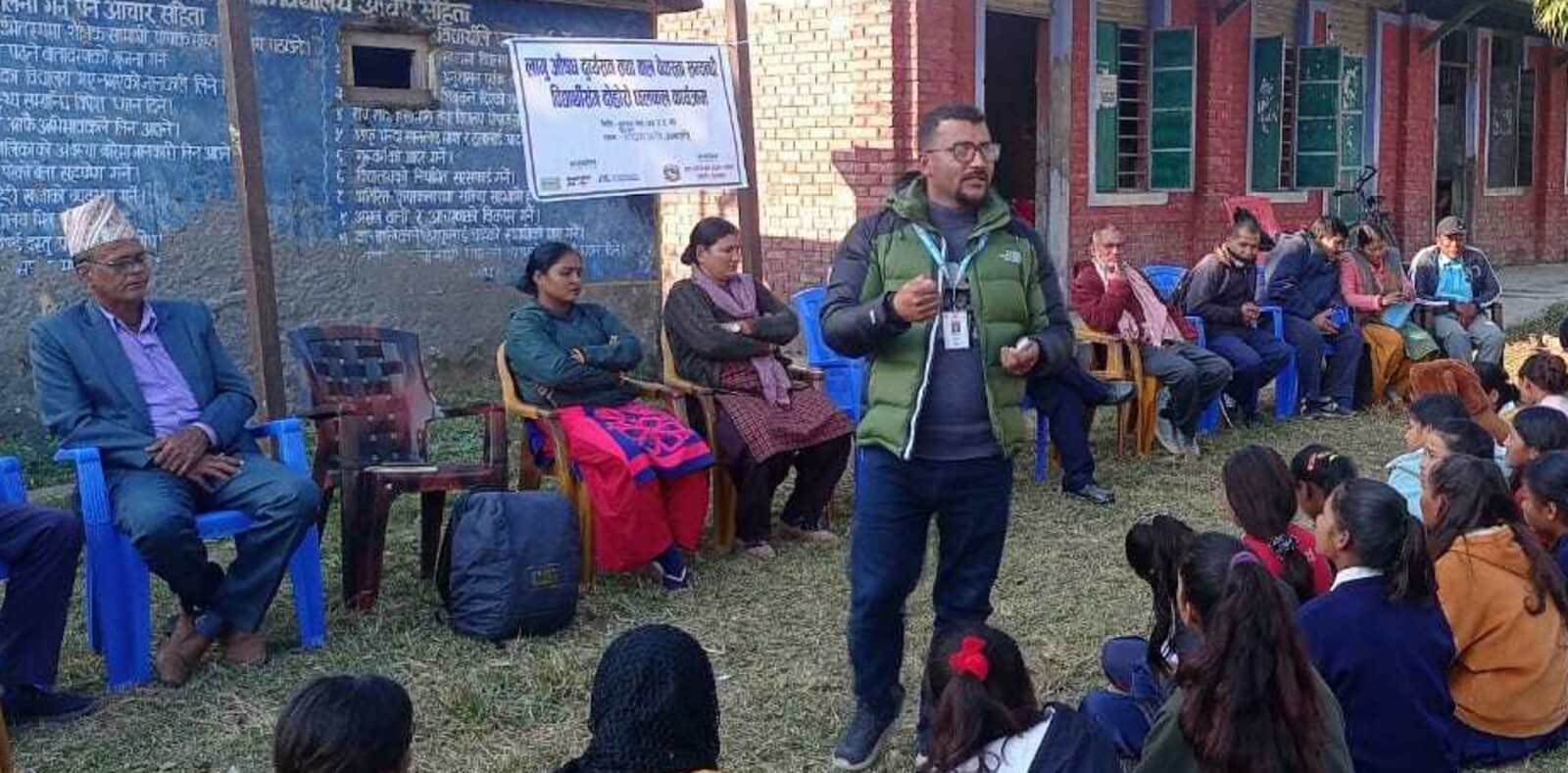
Good help is hard to find
Three ways to become a better development partner
By Santosh Nepali
Published 9 Jan 2023

Growing up in remote communities in Nepal, I wanted to help people toward better lives.
But what does 'good help' look like and how can we be better development partners? How do we give up being commanders and act as catalysts instead?
1. We need to shift our focus from what is wrong to what is strong
A very commonly used expression in the Nepali development sphere is “जसको मुद्दा उसको नेतृत्व” (people facing issues leading from the front). It is a simple expression yet very powerful.
Many times, when we come together to brainstorm how we can help the local community, we focus on needs and issues and most likely undermine the wealth of resources (strengths) that these communities have. When the focus of our development approach is only issues/problems, then we already are making an assumption that a community is vulnerable and not quite capable of addressing their own issues.
This preconceived notion sometimes becomes a barrier in our attempt to make a self-sustaining and locally led-community development approach. We need to start from strengths.
2. Build on the ability of local partners to understand and respond to their own issues
For International development agencies, a locally led development approach often means local partners, networks and systems taking charge of designing, implementing, monitoring and sharing the fruits of outcomes with the community. But even within a country there are differences in how ‘locally led’ a project might be. In a geographically, culturally and linguistically diverse country like Nepal, partners operating out of Kathmandu, for example, may not have the same understanding of the culture and context as the local partner in Kalikot (a remote western region).
In such a context, partners who are not local could be considered as outsiders and may not be able to function as effectively as we wish for. It is crucial to strengthen the ability of local partners to work in a different cultural and geographical context, but at the same time prioritize locally available human resources and strengths.
3. Listen and learn from local partners
I have a vivid memory of visiting the “Rana Tharu” community of Kanchanpur district of Far-Western Nepal for a short training session with my English- speaking colleague. As I was trying to speak in Nepali, the local leader immediately shook his head letting me know that he didn’t understand. I had to have a local person translate for me. So, it was Rana Tharu to Nepali and Nepali to English translation.
You can imagine there might be things which got lost in translation! Even so, it’s worth making the effort to listen to what our local partners have to say. The better ideas often come from the people who don't only understand but have lived experience of local context, culture, traditions and needs.
People from the local community, networks and government authorities are the ones best placed to discuss their own issues, using locally available resources, skills and knowledge to overcome the challenges they are facing.
We have often tried to be the commander instead of the catalyst. 'Good help' is letting local people be the drivers, focussing on their strengths, improving the capacity of local people and listening carefully.
